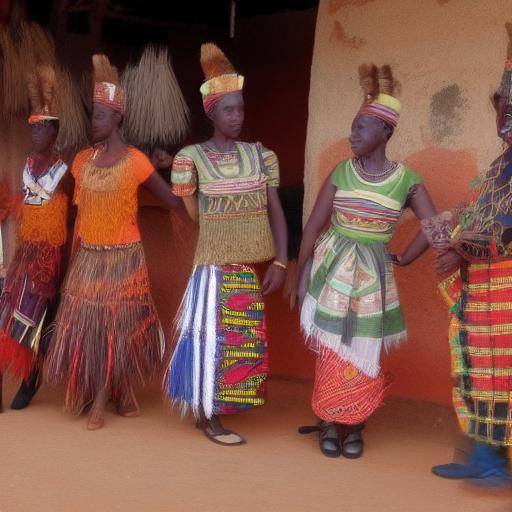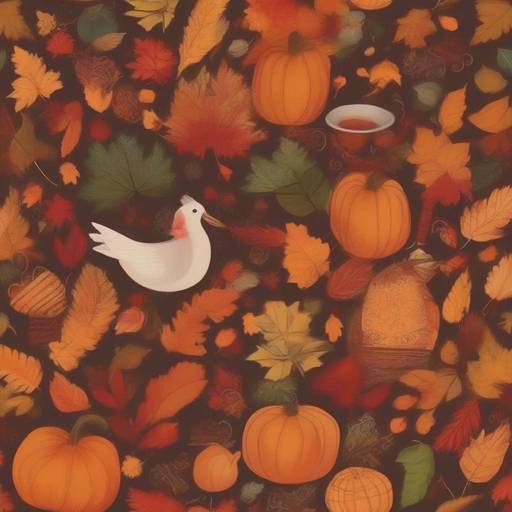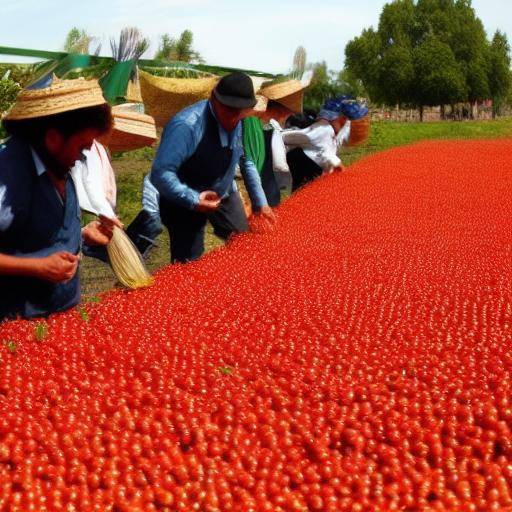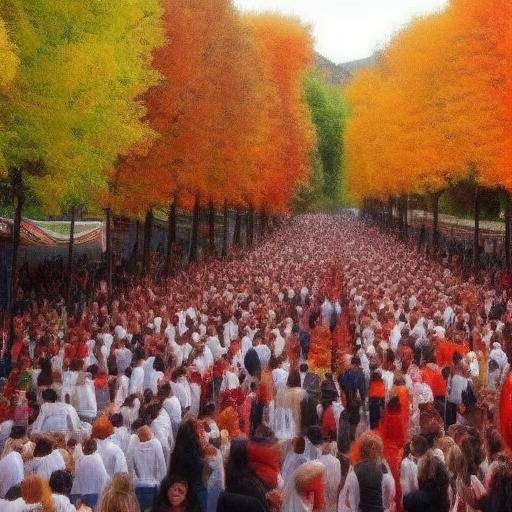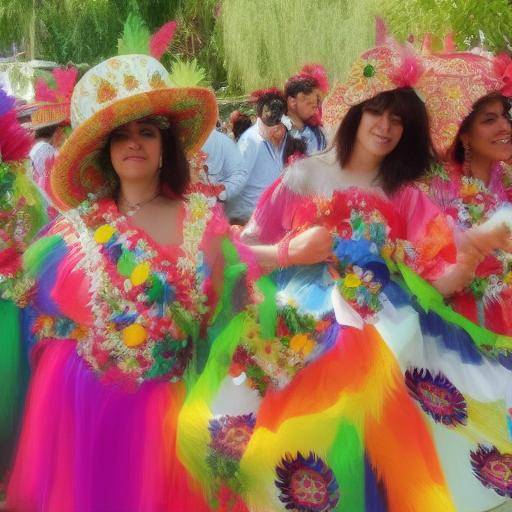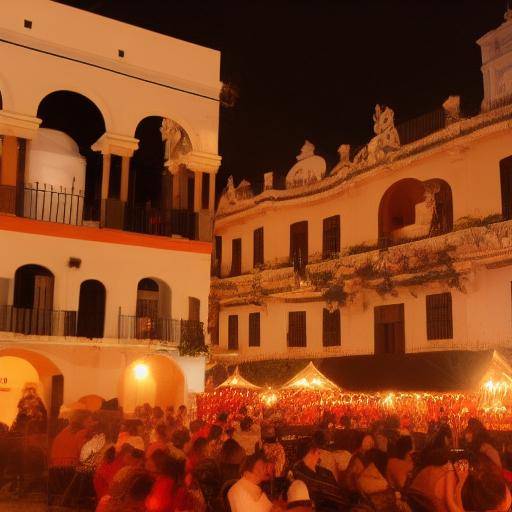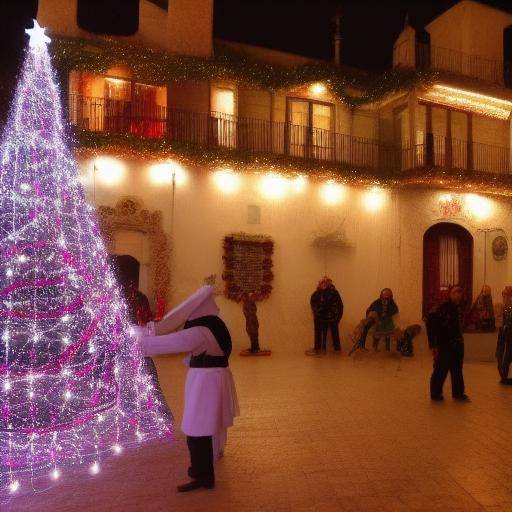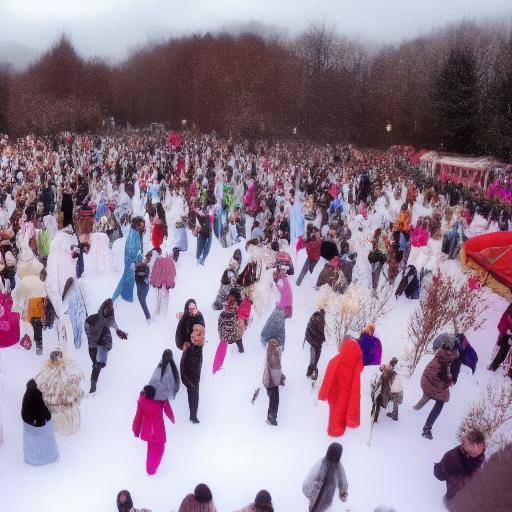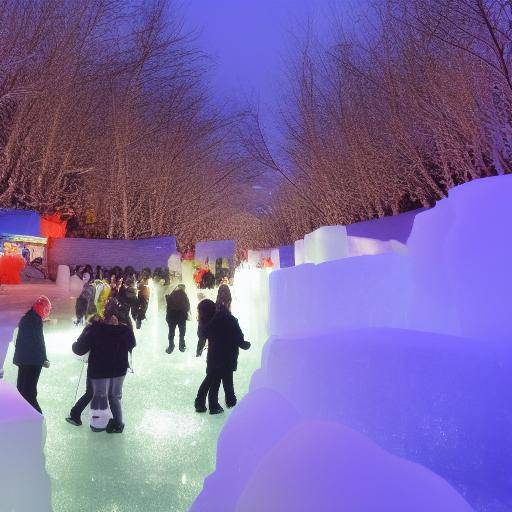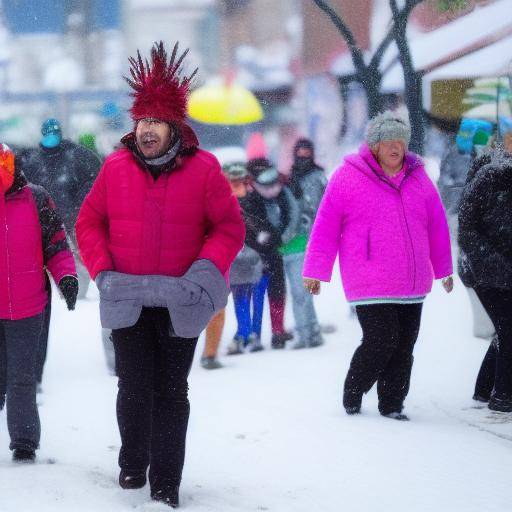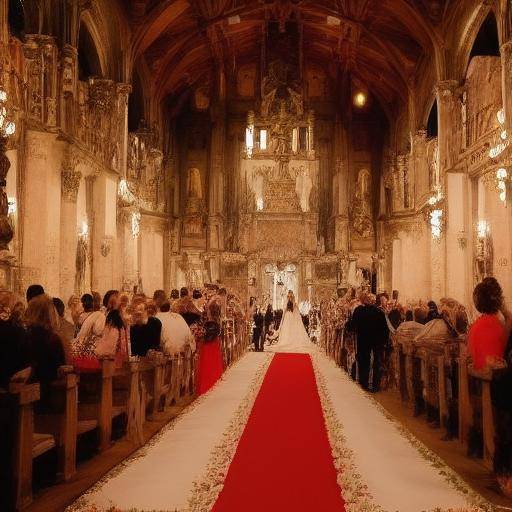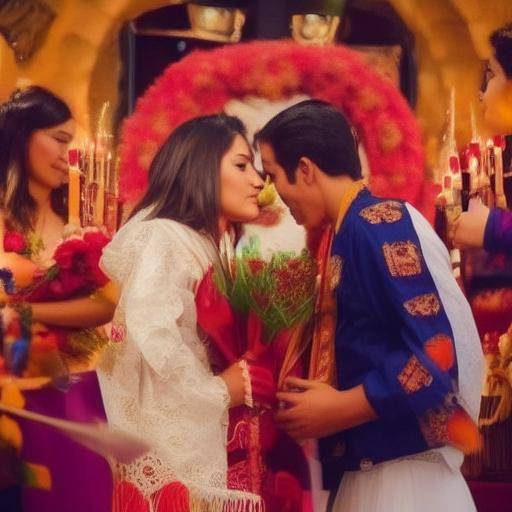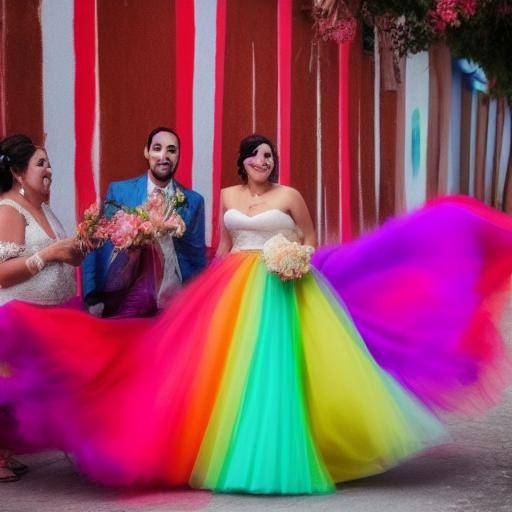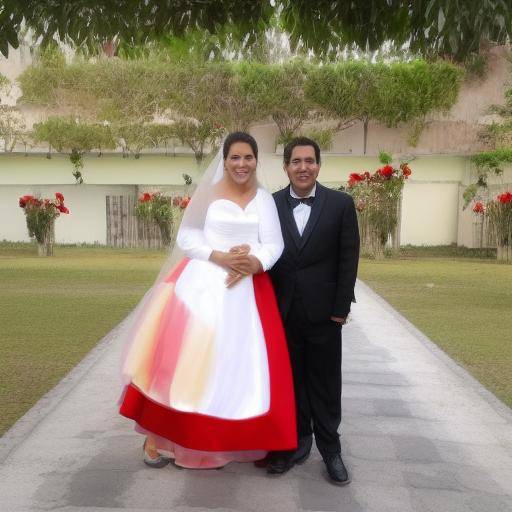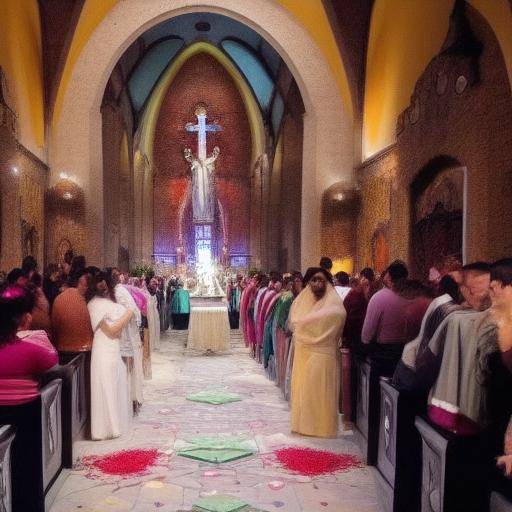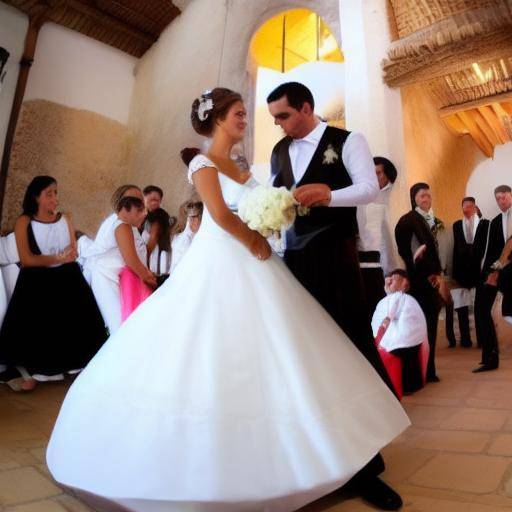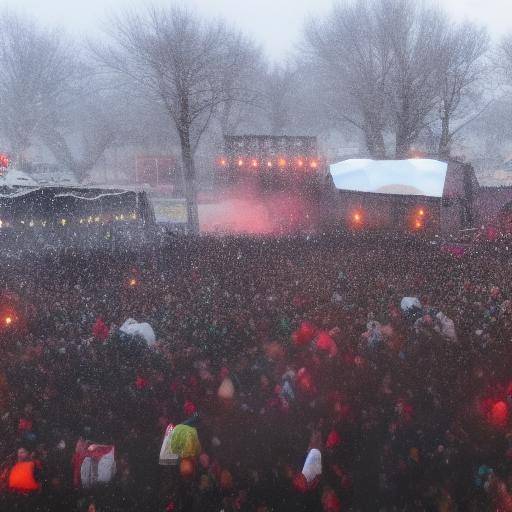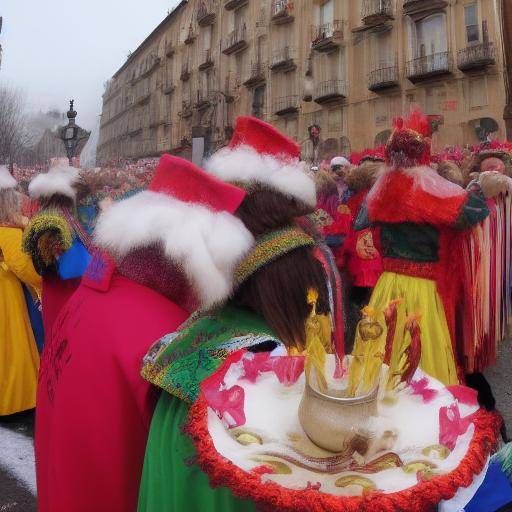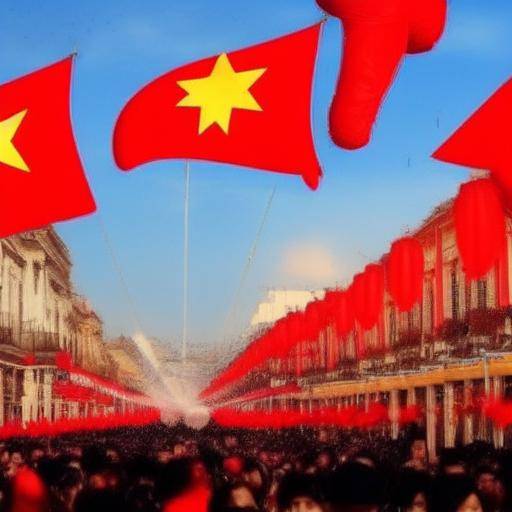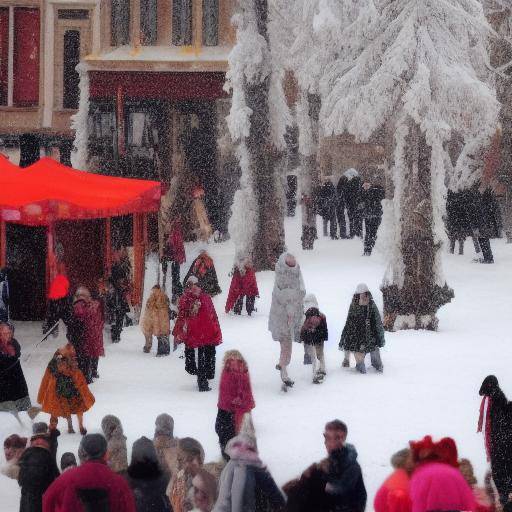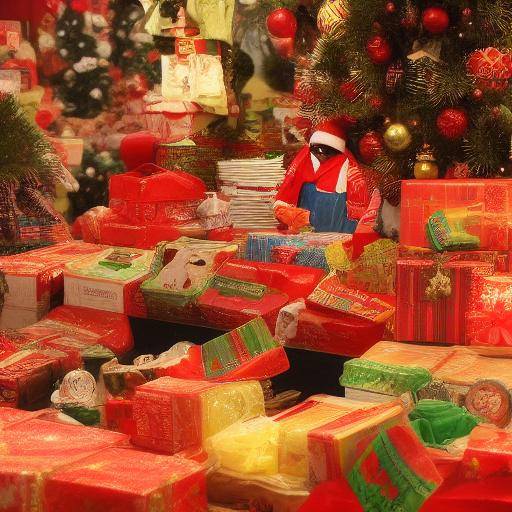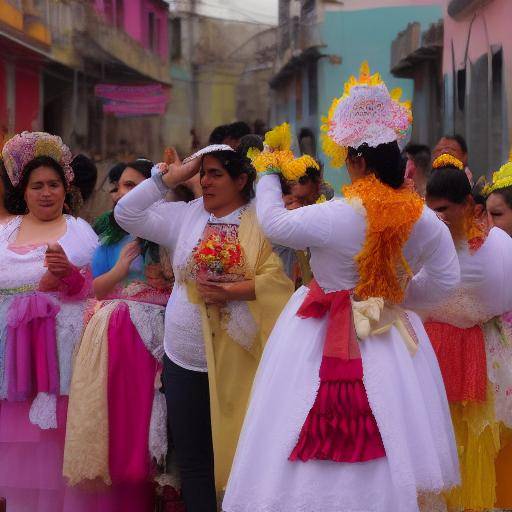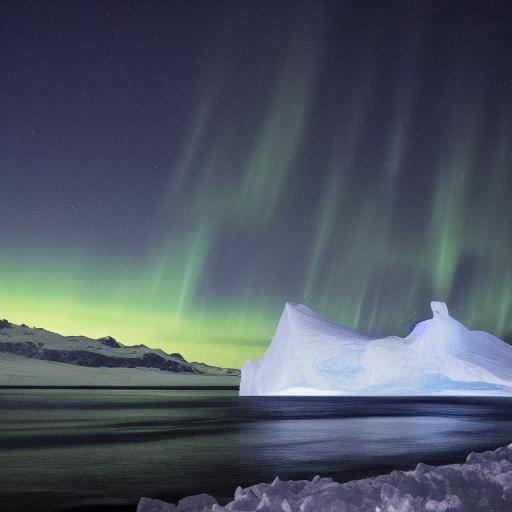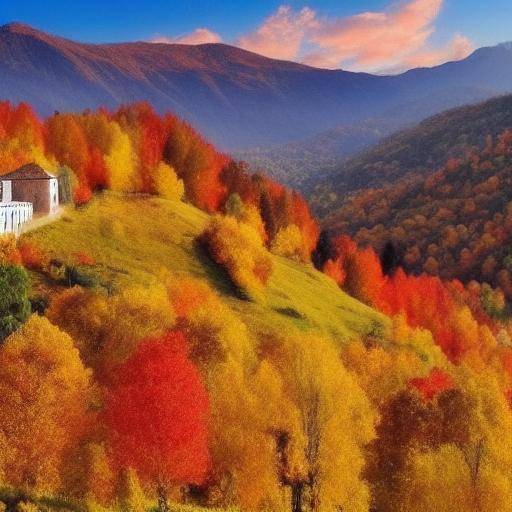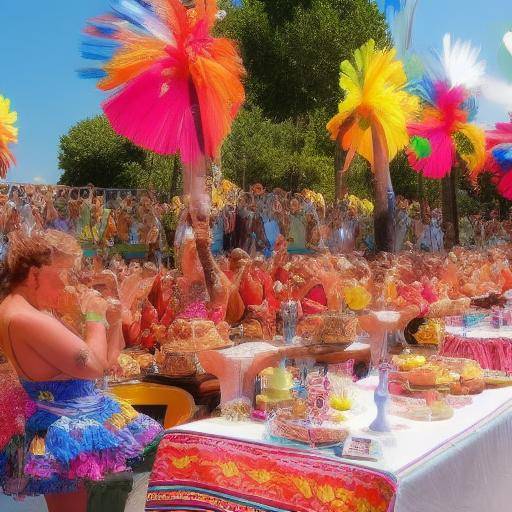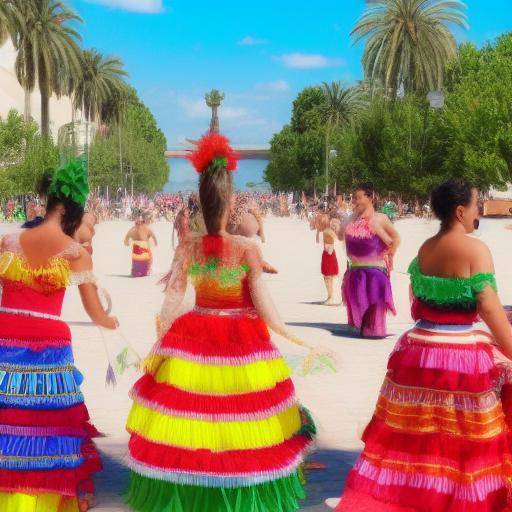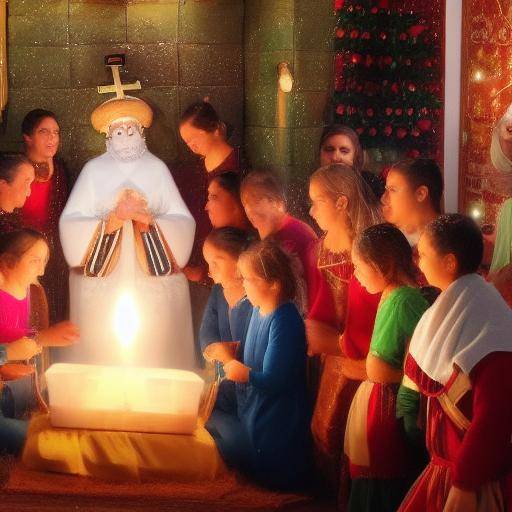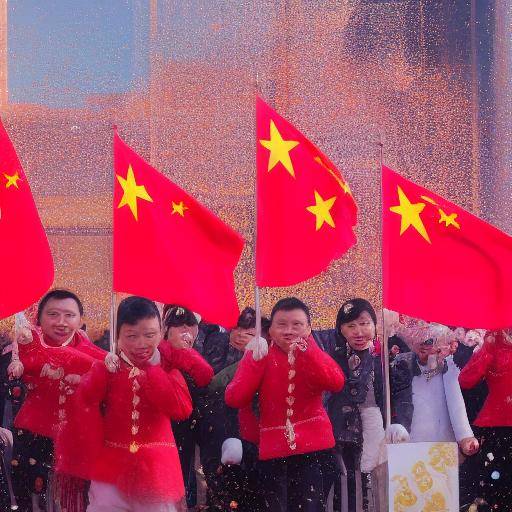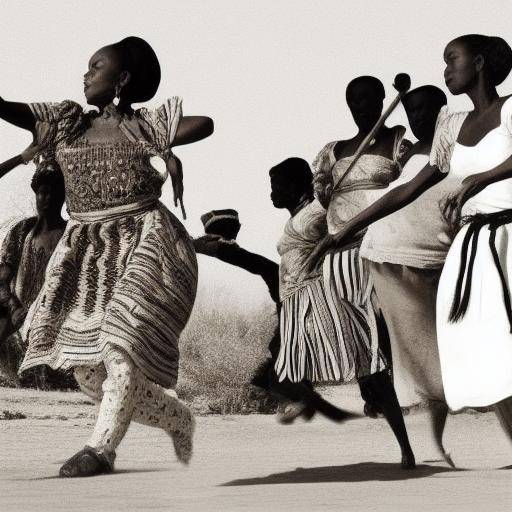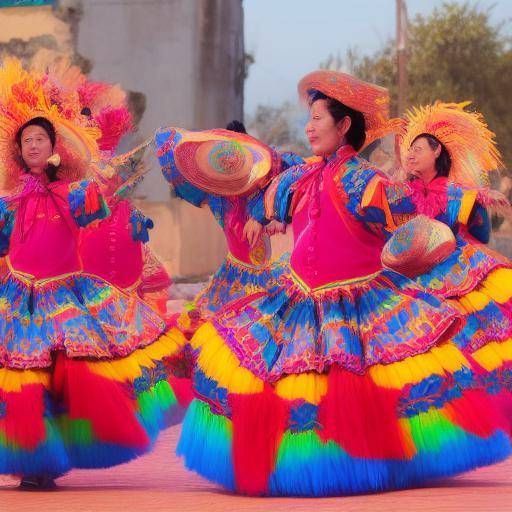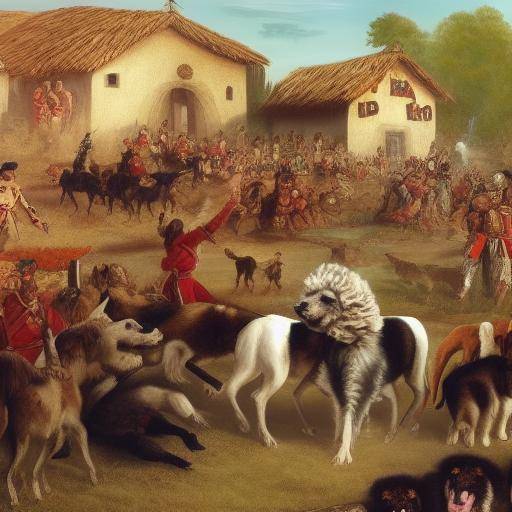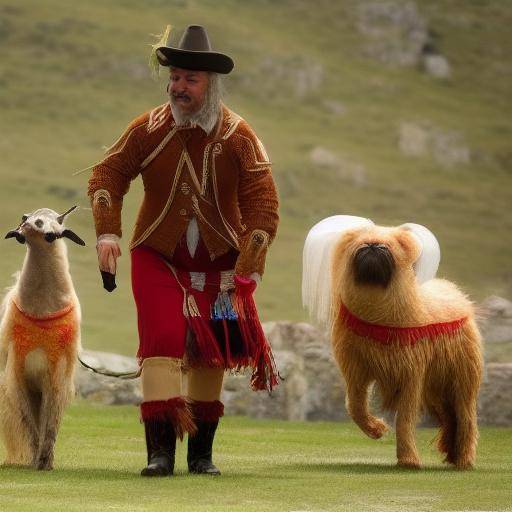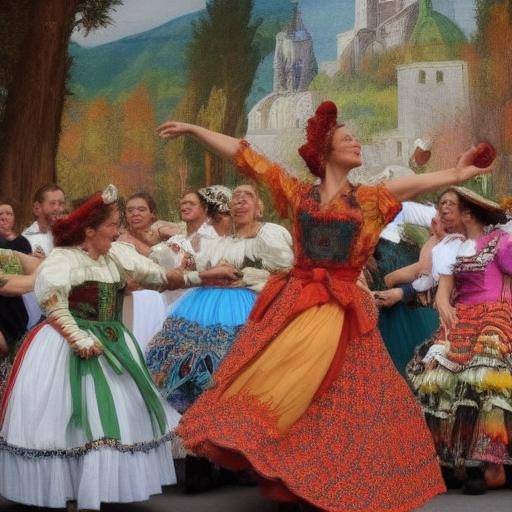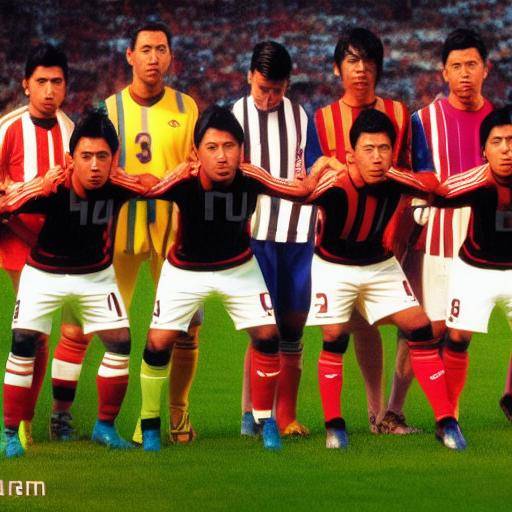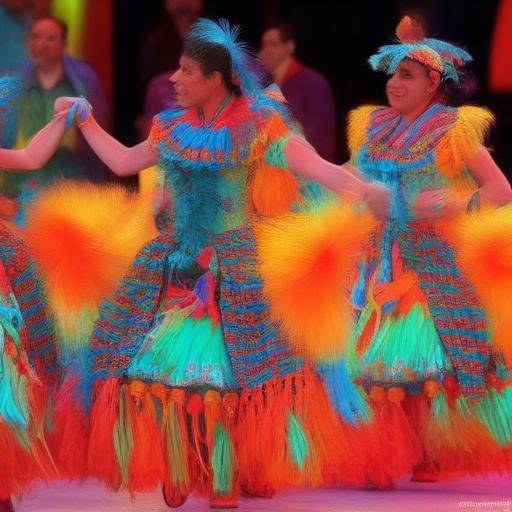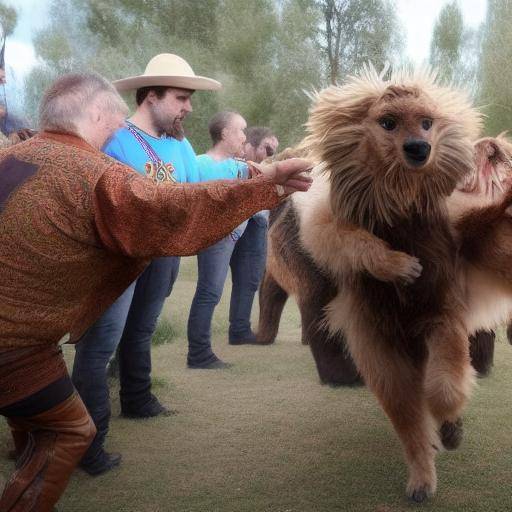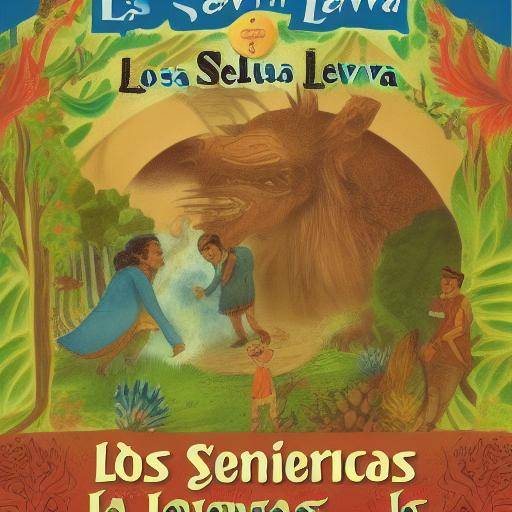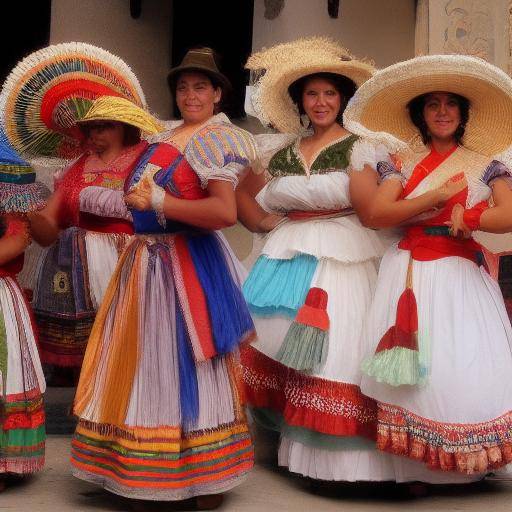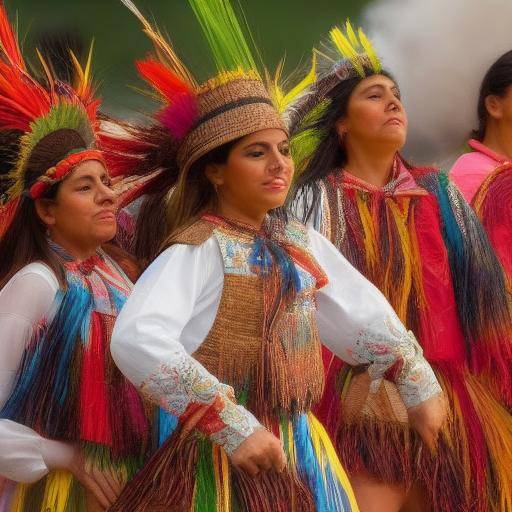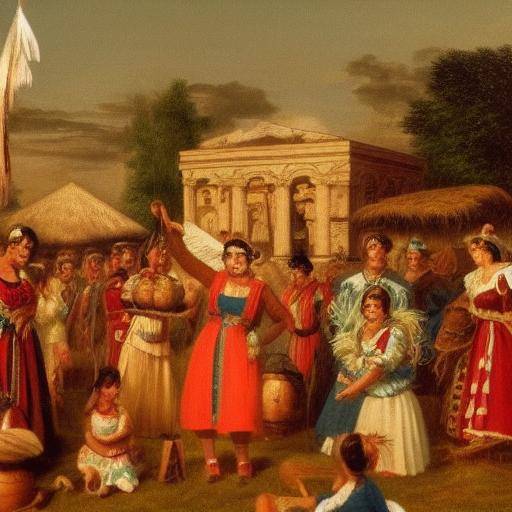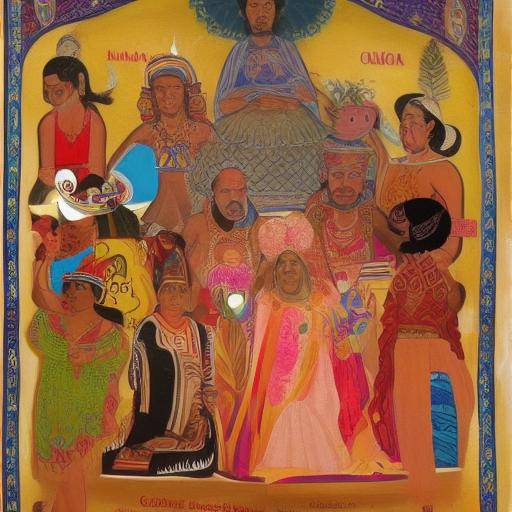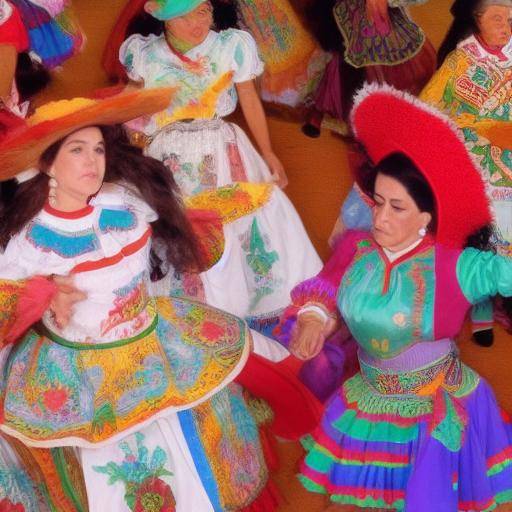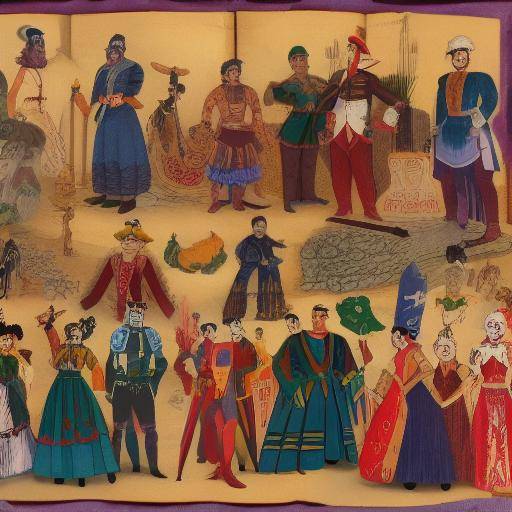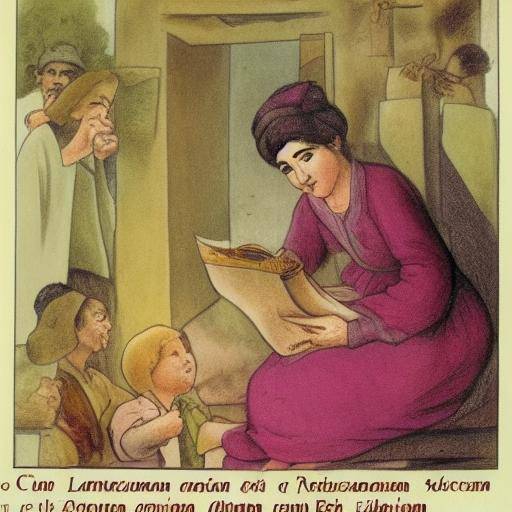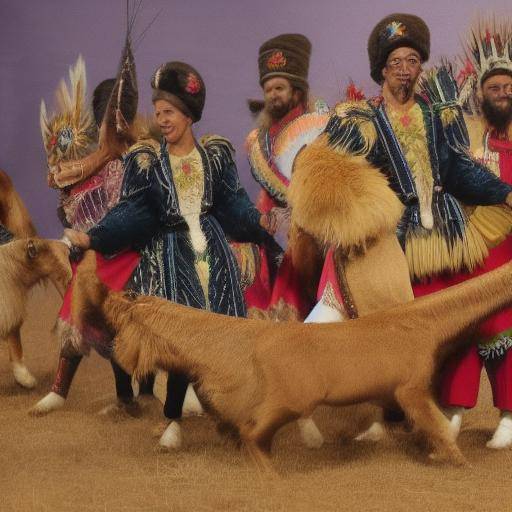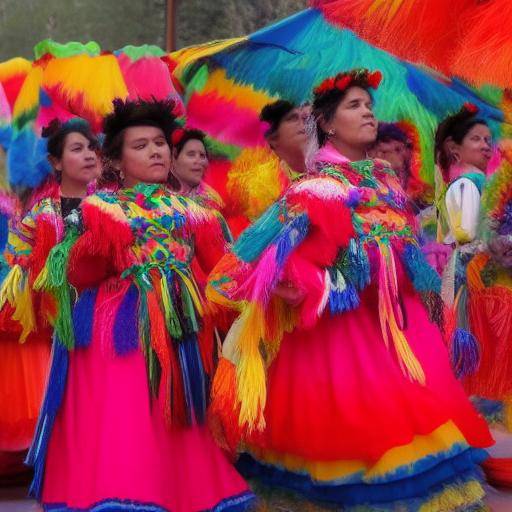
Winter in Latin America is a time full of colorful traditions, vibrant festivals and rich celebrations that reflect the cultural diversity of the region. From the Andes mountains to the Caribbean beaches, each country has unique festivals that honor its traditions, beliefs and customs. In this article, we will explore the wonderful winter holidays in Latin America, its historical roots, its cultural importance, and some recommendations to enjoy the most of these celebrations.
Winter Festivals in Latin America: A Show of Colorful Traditions
Latin America holds countless winter festivals that reflect the mix of indigenous, European and African influences that characterize the region. These events not only commemorate the arrival of winter, but also celebrate life, nature and cultural diversity. Then we will explore some of the most outstanding winter festivals in Latin America.
Carnival de Oruro, Bolivia
The Carnival of Oruro is one of the most important celebrations in Bolivia and has been declared as the Masterpiece of the Oral and Intangible World Heritage by UNESCO. This festival, which has its roots in pre-Hispanic beliefs and traditions, combines religious elements with unique artistic expressions, such as the Diablada dance, which represents the struggle between good and evil.
Fiesta de la Candelaria, Peru
The Festival de la Candelaria, held in the city of Puno, Peru, is a vibrant celebration that combines Catholic religion with Andean traditions. During this festival, impressive parades of folkloric dances, live music and colorful processions are organized in honor of the Virgin of the Candelaria, patron of the city.
Carnival de Barranquilla, Colombia
The Barranquilla Carnival is an explosion of music, dance and joy that has been recognized as a World Cultural Heritage by UNESCO. For four days, the city is filled with cloaks, extravagant costumes, Caribbean music and parades that reflect the rich cultural diversity of the Caribbean region.
Fiesta de la Virgen de la Candelaria, Venezuela
The Feast of the Virgin of the Candelaria, celebrated on the island of Margarita, Venezuela, is a festival that combines religious elements with African and Spanish traditions. During this celebration, the island is filled with dances, music, and the traditional dance of the Dance Devils, recognized as an Intangible Cultural Heritage of Humanity by UNESCO.
These are just a few examples of the exciting winter festivals taking place in different Latin American countries. Each celebration is unique in its form and meaning, but all share the joy, colour and passion that characterize the region.
History and Meaning of Winter Festivals
The winter festivals in Latin America have profound historical roots dating back to the pre-Columbian era and have evolved over the centuries, merging indigenous, African and European traditions. These celebrations not only mark the arrival of winter, but also represent moments of encounter, cultural exchange, and reaffirmation of collective identities.
During the Spanish colonization, many of these festivities were resigned with the introduction of Catholicism, leading to a unique synthesis of religious beliefs and traditional practices. This fusion led to the celebrations that we know today, where the sacred and the profane intertwine harmoniously, offering an incomparable visual and sensory spectacle.
Benefits and Challenges of Winter Festivals
Winter festivals are not only a source of entertainment and celebration, but also have an impact on the local economy, promoting tourism and generating opportunities for local merchants and artisans. However, they also face challenges, such as the preservation of traditions against the influence of globalization and mass tourism, as well as the need to ensure sustainable and environmentally friendly practices during these celebrations.
Exploring Latin American Traditions through the Winter Festivals
The winter festivals in Latin America are a living expression of the cultural traditions of the region. Each holiday is a testimony to the wealth and diversity of the customs, beliefs and artistic expressions that have been transmitted from generation to generation. These celebrations not only offer a fascinating view of the history and identity of each community, but also promote the inclusion, respect and harmonious coexistence between different cultures.
Summary
Winter festivals in Latin America are a vivid reflection of the traditions and cultural wealth of the region. From colorful dances to impressive parades, these celebrations offer a unique window to explore the collective identity and cultural diversity that defines Latin America. They not only represent moments of joy and recreation, but also strengthen community ties and preserve cultural heritage for future generations.
Frequently asked questions
1. What is the largest winter festival in Latin America?
The Carnival de Barranquilla in Colombia is considered one of the largest and most representative winter festivals in Latin America. This event, full of color, music and tradition, attracts thousands of visitors from around the world every year.
2. What is the origin of the Carnival of Oruro in Bolivia?
The Carnival of Oruro has its roots in pre-Hispanic celebrations dedicated to indigenous divinities such as the goddess of water. With the arrival of Catholicism, these holidays merged with religious celebrations, giving rise to the carnival we know today.
3. What is the significance of the Dance Devils dance in the Feast of the Virgin of the Candelaria in Venezuela?
The Dance Devils dance is a theatrical representation of the struggle between good and evil, where dancers personify opposing forces in a show full of symbolism and tradition.
4. Why is it important to preserve winter festivals in Latin America?
Winter festivals are a fundamental part of Latin American cultural heritage, which contribute to the preservation of ancestral traditions, strengthen cultural identity and promote inclusion and respect among communities.
5. What impact do winter festivals have on the local economy?
Winter festivals are an economic engine for local communities, as they promote tourism, generate commercial opportunities and encourage small businesses and artisans.
6. What is the cultural importance of winter festivals in Latin America?
Winter festivals are a vital manifestation of the cultural identity and traditions of Latin America, which serve as a vehicle for the transmission of values, customs and artistic expressions between generations.
Conclusion
Latin American winter festivals offer a unique window to explore the traditions, culture and identity of the region. These vibrant celebrations not only enrich cultural heritage, but also strengthen community ties and promote respect and diversity. As you travel through the different winter festivals of Latin America, you open the door to a journey of cultural discovery, full of color, joy and tradition.
Remember that every winter festival has its own history and meaning, so we encourage you to immerse yourself in these celebrations and experience the wonderful cultural diversity that characterizes Latin America. Get ready to live an unforgettable experience full of music, dance and ancient traditions!
With this article, we have explored the beauty and importance of winter festivals in Latin America, as well as their cultural and economic relevance. We hope that this guide has awakened your curiosity and inspired you to immerse yourself in the richness of the colorful traditions that characterize the region.
Remember that every winter festival has its own history and meaning, so we encourage you to immerse yourself in these celebrations and experience the wonderful cultural diversity that characterizes Latin America. Get ready to live an unforgettable experience full of music, dance and ancient traditions!
Relevant External Links
For more information on winter festivals in Latin America and its traditions, we invite you to explore the following links:
- UNESCO - List of Intangible Cultural Heritage of Humanity
- Ministerio de Cultura - Cultural events in Latin America
- National Geographic - Winter Festivals in Latin America
These resources will provide you with a broader and more detailed view of winter festivals in Latin America, giving you the opportunity to deepen the fascinating traditions of the region.
This concludes our journey through the winter festivals in Latin America. We hope that you have enjoyed this immersion in the cultural wealth and colorful traditions of the region. See you soon!
Remember that every winter festival has its own history and meaning, so we encourage you to immerse yourself in these celebrations and experience the wonderful cultural diversity that characterizes Latin America. Get ready to live an unforgettable experience full of music, dance and ancient traditions!

